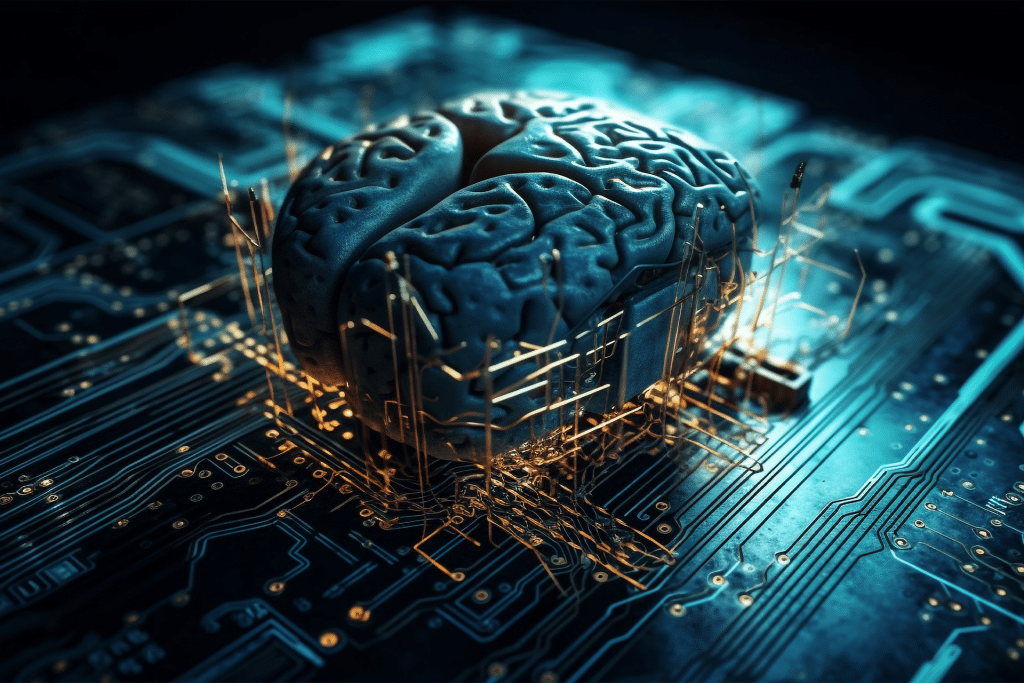Arm Holdings and Meta Platforms are expanding their multi-year collaboration to scale high-efficiency AI computing across mobile devices, edge systems and large-scale data centres. The announcement highlights Meta’s decision to rely more heavily on Arm-based architectures for its ranking, recommendation and generative AI workloads, while Arm aims to strengthen its role as a key supplier of energy-efficient compute for global cloud operations.
A Strategy Built Around Performance per Watt
Meta will deploy Arm-based Neoverse platforms across future data-centre builds, replacing portions of its x86 hardware footprint with designs optimised for lower energy consumption and reduced operating costs. The company said its social-media infrastructure — including Facebook and Instagram’s AI content-ranking systems — will increasingly run on Arm hardware as efficiency demands grow.
Arm’s role in this partnership goes beyond CPUs. Meta’s foundational AI stack, including PyTorch and the ExecuTorch edge-AI runtime, has been tuned to run more efficiently on Arm architectures. This mirrors a broader industry shift toward silicon-software co-design, where hardware and AI frameworks evolve together rather than independently.
Metadata from Meta’s internal performance testing indicates that Arm’s designs can deliver meaningful energy savings in inference-heavy workflows, especially at hyperscale. With Meta’s infrastructure projected to reach gigawatt-class power requirements, optimising every layer of the stack has become essential.
Industry Context and the Apple Angle
This partnership arrives as global chipmakers, cloud providers and mobile giants compete to deliver AI systems that balance performance with efficiency. Arm has a strong position in mobile devices, but partnerships like this push the architecture deeper into enterprise and cloud domains.
For Apple, the industry shift is not directly tied to Meta — but it is strategically relevant. Apple’s entire hardware lineup is built on Arm-based architecture, and the expanded uses of Arm in data-centre environments highlight the blueprints that future Apple Silicon could follow.
AppleMagazine sources say Apple is engaged in long-term internal research with TSMC and other ecosystem partners to ensure its future chips remain compatible with these emerging infrastructure requirements. Although Apple has not joined this partnership, the movement of the industry reinforces the architectural frameworks Apple is already quietly preparing for.
A Move Toward Unified AI Compute
The Arm-Meta approach illustrates how future AI implementations may unify mobile and cloud compute stacks rather than treat them as separate environments. Meta’s adoption of Arm for both device-adjacent workloads and large data centres suggests a compute model where software frameworks, scheduling tools and inference engines benefit from shared architectures.
As on-device AI expands through real-time translation, spatial computing, mixed reality and context-aware assistants, the underlying chip ecosystem will need to maintain this level of cross-compatibility. Apple’s hardware-software integration philosophy already mirrors these principles, and the industry’s direction reinforces the importance of efficient, unified compute standards.
Preparing for the Next Phase of AI Scaling
Arm’s partnership with Meta underscores a transition happening across the industry: AI growth is now constrained less by compute power and more by energy cost, hardware efficiency and end-to-end optimisation. Companies deploying large models must design infrastructure where every watt counts, from the smallest mobile chip to the largest server node.
The collaboration also signals that AI will increasingly be shaped by integrated architectures where cloud and device systems follow the same design principles. As competitors scale up similar strategies, Apple’s future chip roadmap — already oriented around efficiency per watt — may align naturally with where enterprise AI compute is heading.
The industry is entering a phase where architectural alignment matters as much as raw compute power. Arm and Meta’s partnership illustrates what that alignment looks like, and Apple’s position within the Arm ecosystem suggests it is already preparing to adapt to this new standard of large-scale, energy-efficient AI computing.
